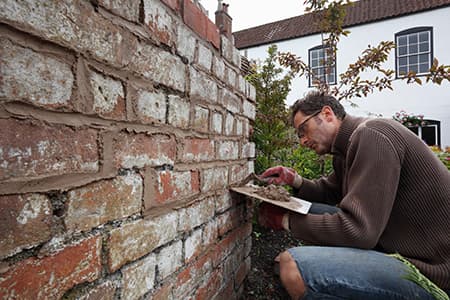
Brick making has been a traditional industry for centuries, and it has evolved over time to become a more sustainable and eco-friendly process. One of the key ingredients used in brick making is lime, which has several benefits that make it a popular choice among brick manufacturers.
Firstly, lime helps to improve the workability of the clay used in brick making. It acts as a plasticizer, making the clay more malleable and easier to shape into bricks. This results in a smoother and more uniform finish, which is essential for high-quality bricks.
Secondly, lime helps to reduce the amount of shrinkage that occurs during the drying process. This is because lime reacts with the clay to form calcium silicate hydrate, which helps to bind the clay particles together. This results in a stronger and more durable brick that is less prone to cracking or breaking.
Thirdly, lime helps to improve the thermal insulation properties of the brick. This is because lime has a lower thermal conductivity than clay, which means that it is a better insulator. This makes lime bricks ideal for use in buildings where energy efficiency is a priority.
Fourthly, lime helps to reduce the environmental impact of brick making. This is because lime is a natural material that is abundant and widely available. It is also non-toxic and biodegradable, which means that it does not harm the environment or pose a risk to human health.
In conclusion, the use of lime in brick making has several benefits that make it a popular choice among brick manufacturers. It improves the workability of the clay, reduces shrinkage, improves thermal insulation, and reduces the environmental impact of brick making. As the demand for sustainable building materials continues to grow, lime bricks are likely to become an increasingly important part of the construction industry.

